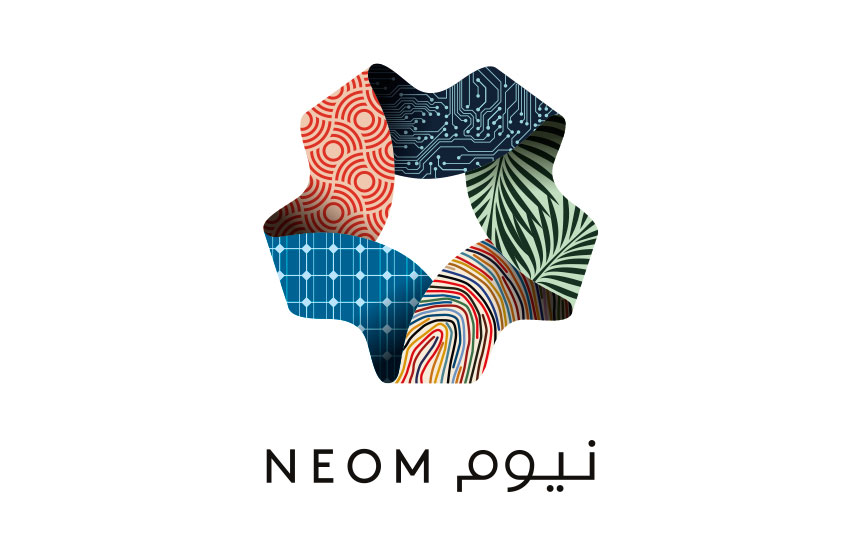Saudi Arabia’s planned $500 billion futuristic city known as Neom is set to issue its first tenders to build a renewable power grid later this year, according to the executive director of Neom Energy.
“Regarding the technical design of our high voltage power grid, we expect to reach out to the market later this year,” Jens Madrian told S&P Global Platts in an interview.
The first tender packages to be issued will be in the range of 400 MW to 800 MW, he added.
“Not huge, but it’s reasonably sized at this stage, with way more to come,” Madrian said.
Neom, which will be built along Saudi Arabia’s borders with Jordan and just across the narrow Strait of Aqaba from Egypt’s Sinai Peninsula, is a linchpin of the world’s largest oil exporter’s plans to diversify its fossil fuels-dominated economy. It will be home to one of the world’s largest green hydrogen projects and is expected to span across 26,500 sq km. It is also expected to function as a carbon-neutral city that will be able to accommodate up to 1 million people.
Energy consumption from the planned region is expected to be around 50 TWh to 60 TWh “at the very minimum,” Madrian said. “We could also see a substantial growth depending on the uptake of energy-intensive industries which are in demand of 100% renewable power supply,” he said.
Energy industry activities will include the planned green hydrogen project as well as renewables-based desalination for both public consumption and for use in electrolysis to produce green hydrogen.
Saudi Arabia is building one of the world’s biggest green hydrogen projects in Neom. The project developed by Riyadh-based ACWA Power and Air Products will be completed by Q1 of 2026. It will produce 240,000 mt/year of green hydrogen, which will in turn be processed into 1.2 million mt/year of ammonia.
Power consumption
Neom will look to tap 8 GW to 10 GW of wind power and between 16 GW and 20 GW of solar power generation based on its current set of assumptions, Madrian said.
With new planned additions such as the Oxagon industrial city and The Line, which will have no cars and no streets, demand for energy is expected to be considerably higher.
“If demand in Oxagon, Neom’s re-imagined industrial city, would pick up on large industrial customers, need for additional renewable supply will increase correspondingly,” Madrian said.
A big challenge for the development is to provide clean drinking water with low energy impact.
The arid oil-producing regions of the Middle East account for nearly half of the world’s desalination capacity.
The plants operate on largely natural gas-powered generation, which accounts for a significant chunk of overall electricity demand.
Neom, which plans to have zero-carbon impact, could tap into Saudi Arabia’s geothermal energy reserves as well as use large-scale concentrated solar power to produce clean water, Madrian said.
“You can go down the route of supplying power on a stand-alone basis and source heat from somewhere else,” he said. “Or you can do it in an integrated fashion and could consider concentrated solar power (CSP) and geothermal. With regard to renewables at Neom, everything is on the table, and we’re looking essentially at every opportunity.”




